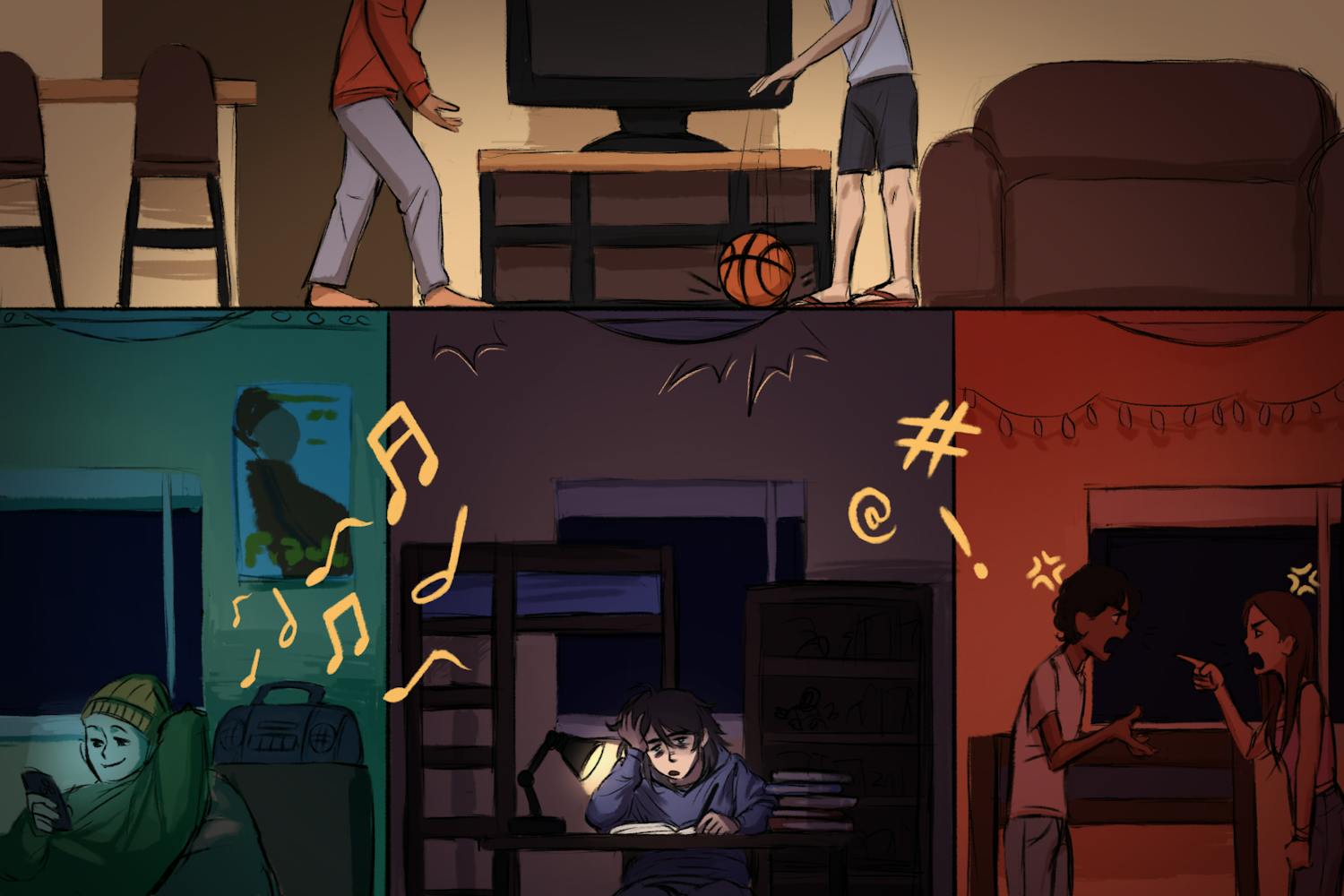Comfortable clothes are corrupting society. Gym shorts, spandex, tank tops — they’ve wormed their way into the workplace, dinner parties and everywhere else they don’t belong. Fashion is dead.
I propose that we ban comfortable clothing. Only allow it once an individual has demonstrated proficiency in formal dress. Or at least denounce it publicly for the harm it’s done.
Of course, I’m not serious.
Comfortable clothing has its uses. In the gym, on the beach, in bed, no one thinks twice. It makes workouts more efficient, recreation more appealing, and sleeping easier.
And most importantly, people can learn when not to use it.
To blame communication technologies for a lack of formality in students’ writing is as absurd as blaming gym shorts for fashion failure.
But the argument continues to be made. In a 2007 Daily Mail article, John Humphrys argues that those who text are “pillaging our punctuation; savaging our sentences; raping our vocabulary.”
An online poll conducted by Edutopia revealed that only 33 percent of respondents thought that students were able to write one way to friends and another in class.
But are these respondents right? Students could draw a permanent line between their dialects. But this would overlook the ways in which communications technologies actually help in the classroom.
Just as cozy clothes can enhance formal situations, efficient communications enhance formal writing situations. A workplace presentation would lose effectiveness if the speaker weren’t able to sleep in his suit and tie the night before.
Likewise, today’s student may not be as comfortable jotting down an outline had he not brainstormed via instant messaging the night before.
Some have the right idea. ''When my children are writing first drafts, I don't care how they spell anything, as long as they are writing,'' says a sixth grade teacher in an interview with The New York Times. ''If this lingo gets their thoughts and ideas onto paper quicker, the more power to them,” she adds.
This lingo has other uses as well. It came about in part as a result of text messaging’s 160-character limit. And if, according to the Los Angeles Times, people do more texting than calling on cell phones these days, they’ll probably be communicating some pretty complex ideas within the 160-character confines.
Meanwhile, teachers struggle to verse students in the economy of words. Word limits and poetry have served as tools to impart upon youth the importance of conveying a message as succinctly as possible.
But unlike sonnets, students want to write text messages.
And brevity is not the only value. In his book “140 Characters,” Twitter co-creator Dom Sagolla writes about how to “propagate access, extend the public commons, annotate, curate, analyze, and add value,” all via Tweeting.
Even on social networking sites like Facebook, people try to make their posts instantly appealing.
While updating a Facebook status doesn’t quite equate to taking a graphic design course, the thought processes involved are a good place to start.
Furthermore, languages constantly evolve. Ultimately, teachers frown upon texting lingo because they want students’ writing to be taken seriously. But what’s taken seriously isn’t static. Just years ago, no one would have even recognized “text” as a verb.
Innovative communications thought should be rewarded — not frowned upon. After all, if not for communication innovation, you wouldn’t be holding this newspaper.
tlk 2 alex @ algrego1@asu.edu



